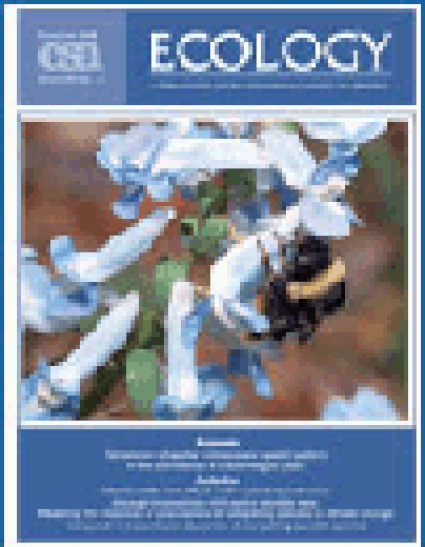
Article
Influence of climate and species composition on the populations dynamics of ten prairie forbs
Ecology
(2008)
Abstract
Understanding the relative roles of climate and species interactions in regulating population dynamics, one of the oldest challenges in ecology, is now a prerequisite for predicting species responses to climate change. A lack of case studies limits our ability to generalize about the factors that have regulated populations in the past and will be important in the future. Here, we take a first step toward identifying the drivers of plant population dynamics by studying the influence of climate and species interactions on the recruitment and survival of ten forb species from a Kansas (USA) prairie. Combining a long‐term demographic data set with a Bayesian hierarchical‐modeling approach, we fit models in which annual survival and recruitment rates are driven by precipitation, temperature, and species composition. Although the effects of these covariates differed among species, three general patterns emerged. First, climate had a greater influence than species composition on historical population dynamics. Second, forecasted increases in mean temperatures are likely to impact the population growth of these species more than future changes in precipitation or composition. Third, the significant effects of both climate and species composition on recruitment suggest that range expansions will be particularly difficult to forecast. Based on these patterns, we recommend field experiments to evaluate the ability of plant species to recruit at expanding range margins under warmer temperatures.
Disciplines
Publication Date
2008
DOI
https://doi.org/10.1890/07-1569.1
Citation Information
Peter B. Adler. "Influence of climate and species composition on the populations dynamics of ten prairie forbs" Ecology Vol. 89 Iss. 11 (2008) p. 3049 - 3060 Available at: http://works.bepress.com/peter_adler/243/
